
Rice Farmers at Akuse in the Lower Manya Krobo District and Asutsuare in the Shai Osudoku District of the Greater Accra Region, have called on the government to support them with machinery and other farming equipment in order to help increase farming production.
According to them, despite Japan International Cooperation Agency’s (JICA) interventions through the ongoing ‘Ghana Rice Production Improvement Project (GRIP),’ cost of labour was causing low yields.
“The machinery available on the scheme now is very inadequate. So when it is time for you to harvest and you don’t have the machinery enough for your activities, it means that it is going to affect your rice. There are times when you don’t harvest on time, the rice is over dry and broken when being milled.”
“Sometimes we harvest and the dry floors are not available leaving the rice to get mouldy in the suck, all these reduce the quality of the rice that is being produced,” an Agronomist at Ghana Irrigation Development Authority (GIDA), Mr Frank Kedzi, stated.
The Farmers made the call when officials of JICA and the journalists visited the Kpong Irrigation Scheme where stakeholders discussed the challenges facing rice farmers, as part of a three-day tour to see the progress of work.
The GRIP project is a five-year (March 2022–February 2027) technical cooperation project between the Directorate of Crop Services (DCS), JICA and GIDA that aims to disseminate the technologies developed under the preceding projects to a wide range of irrigation schemes.
Mr Kedzi underlined that the project had already delivered substantial results, “enhancing irrigation systems, boosting seed quality, and improving farmer livelihoods.”
He disclosed that Farmers under the Kpong Irrigation Scheme, one of the project’s focal areas, had experienced significant yield increases due to improved water access and modern farming techniques, adding that, “So the yields of the farmers is now 5 tonnes per hectare in the minor season on the average, and then 6 tonnes in the major season.”
Briefing journalists, the Chief Representative of JICA, Ghana, Ms Momoko Suzuki, mentioned that Japan had been supporting rice production in Africa for over a period of time.
She stated JICA, in partnership with Alliance for a Green Revolution in Africa (AGRA), launched an initiative “Coalition for African Rice Development (CARD)” in 2008 to double the African rice production from 14million tonnes to 28 million tonnes within 10 years and which was achieved in 2018.
“In 2019, CARD 2 was launched to again double the production to 56 million tonnes by 2030 and we are working hard to achieve that target too,” she noted.
Ms Suzuki stressed that the country faced a significant gap between rice consumption and production, relying heavily on imports to meet its food security needs.
“Through GRIP, we are supporting the launching and the implementation National Rice Development Strategy 2 to increase domestic rice production and ensure a stable supply, addressing urgent challenges in food security and foreign exchange retention for the Ghanaian government,” she added.
FROM CECILIA YADA LAGBA, AKUSE
The post We need machinery to increase production – Akuse farmers appeared first on Ghanaian Times.
Read Full Story
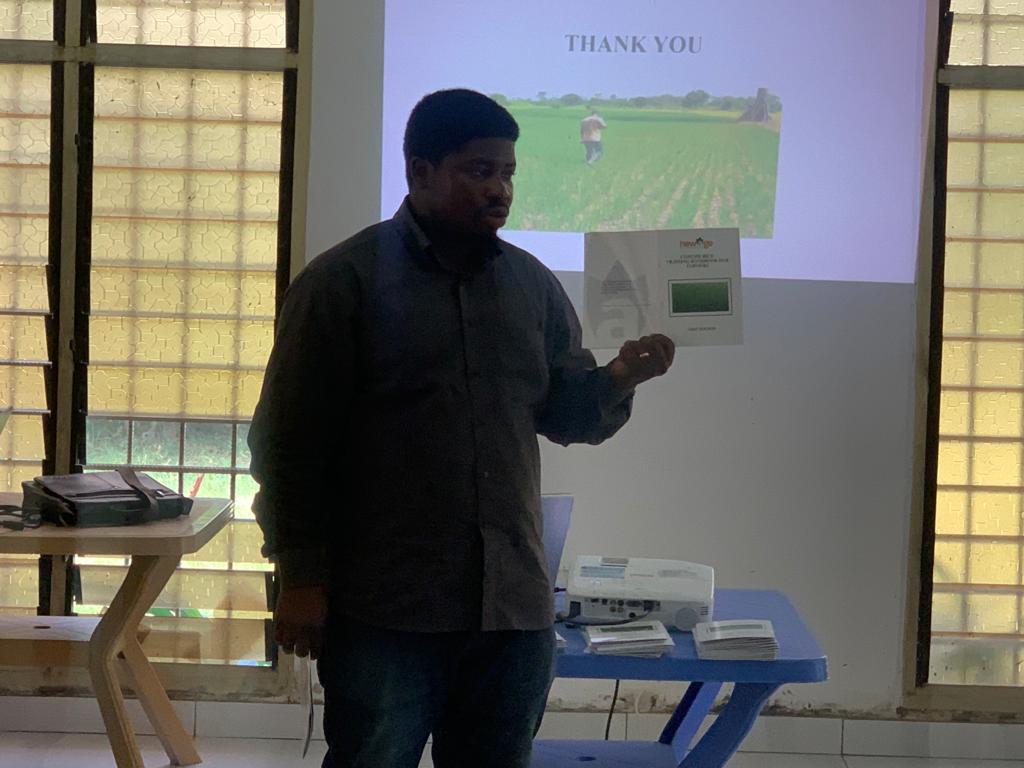

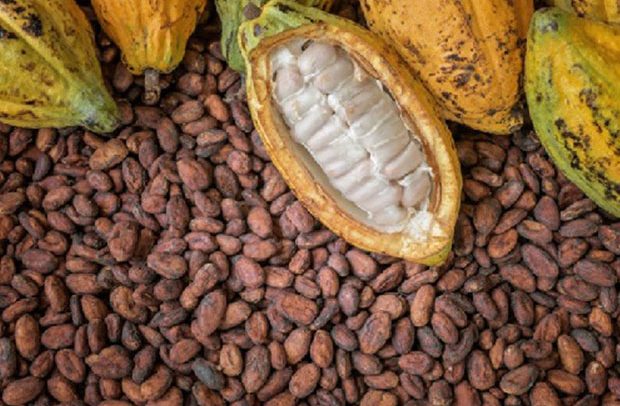




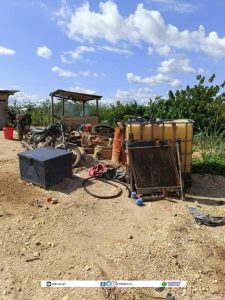
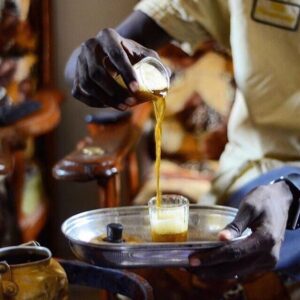
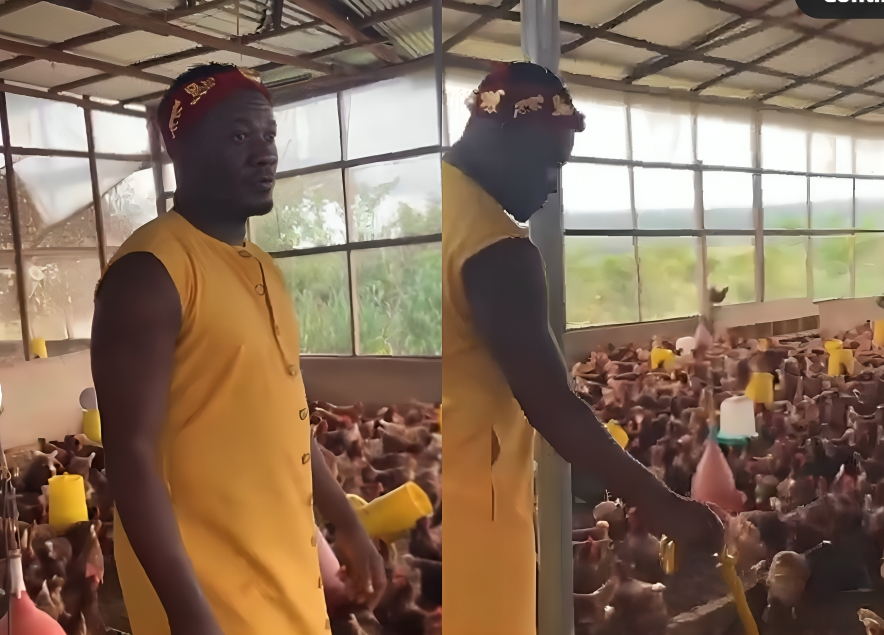

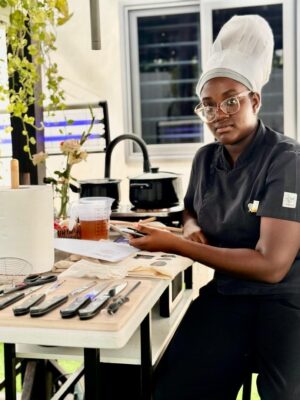

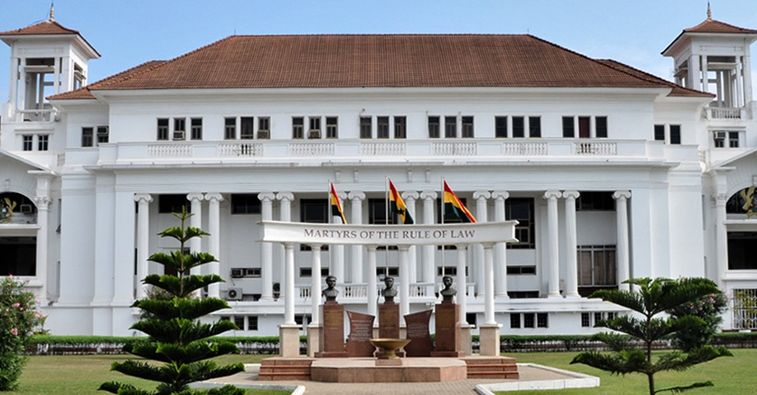


Facebook
Twitter
Pinterest
Instagram
Google+
YouTube
LinkedIn
RSS